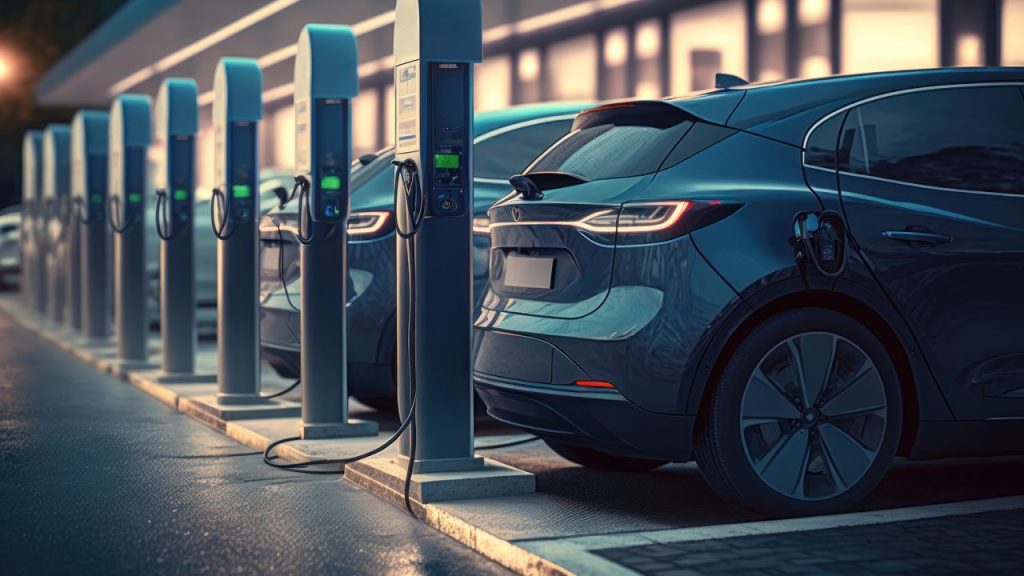Electric Car Conversions and Retrofitting: A Sustainable Transportation Solution
As the world continues to grapple with the environmental impact of fossil fuel-powered vehicles, electric car conversions and retrofitting have emerged as viable solutions for sustainable transportation. By converting conventional gasoline-powered vehicles into electric vehicles (EVs), individuals can contribute to reducing carbon emissions and promoting a greener future. However, before embarking on an EV conversion journey, it’s essential to understand the conversion cost, benefits, and the process involved.
The Conversion Cost
The cost of converting a traditional car into an electric vehicle varies depending on several factors, including the make and model of the vehicle, the desired range, and the type of components used. On average, an EV conversion can range from $5,000 to $15,000 or more. While this initial investment may seem significant, it is important to consider the long-term benefits and savings associated with EV conversions.
Benefits of EV Conversions
1. Environmental Impact: By converting a gasoline-powered vehicle into an electric one, you significantly reduce carbon emissions, air pollution, and dependence on fossil fuels. This transition promotes a cleaner and healthier environment for future generations.
2. Cost Savings: Electric vehicles are generally cheaper to operate and maintain compared to their gasoline counterparts. With lower fuel costs and reduced maintenance requirements, EV owners can save money in the long run.
3. Extended Vehicle Lifespan: Retrofitting a traditional car with an electric drivetrain can extend its lifespan. By replacing aging and inefficient components, you can breathe new life into your vehicle and continue to enjoy its benefits for years to come.
The EV Conversion Process
The process of converting a car into an electric vehicle involves several key steps:
- Vehicle Evaluation: Assess the feasibility of the conversion based on the vehicle’s condition, weight, and available space for battery placement.
- Component Selection: Choose the appropriate electric motor, battery pack, and other necessary components based on your desired range and performance.
- Drivetrain Removal: Remove the internal combustion engine, fuel system, and exhaust components to make room for the electric drivetrain.
- Electric System Installation: Install the electric motor, battery pack, controller, and other supporting components, ensuring proper wiring and connections.
- Testing and Fine-tuning: Conduct thorough testing to ensure the electric conversion is functioning optimally. Fine-tune the system for performance, efficiency, and safety.
Conclusion
Electric car conversions and retrofitting offer a sustainable transportation solution that aligns with the global efforts to combat climate change. While the conversion cost may vary, the long-term benefits, including reduced carbon emissions, cost savings, and extended vehicle lifespan, make it a worthwhile investment. By embracing EV conversions, individuals can actively contribute to a greener and more sustainable future.


